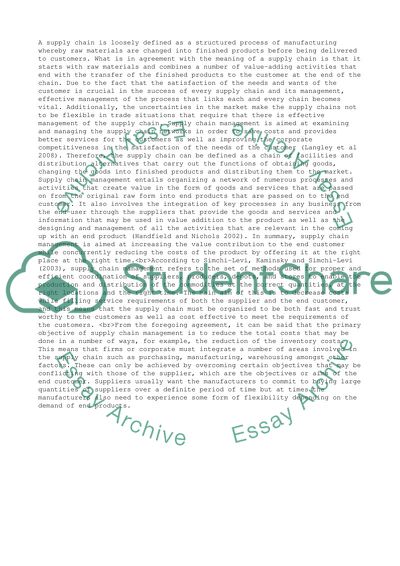Cite this document
(Integrated Supply Chain Management Coursework Example | Topics and Well Written Essays - 2000 words, n.d.)
Integrated Supply Chain Management Coursework Example | Topics and Well Written Essays - 2000 words. Retrieved from https://studentshare.org/management/1485186-integrated-supply-chain-management
Integrated Supply Chain Management Coursework Example | Topics and Well Written Essays - 2000 words. Retrieved from https://studentshare.org/management/1485186-integrated-supply-chain-management
(Integrated Supply Chain Management Coursework Example | Topics and Well Written Essays - 2000 Words)
Integrated Supply Chain Management Coursework Example | Topics and Well Written Essays - 2000 Words. https://studentshare.org/management/1485186-integrated-supply-chain-management.
Integrated Supply Chain Management Coursework Example | Topics and Well Written Essays - 2000 Words. https://studentshare.org/management/1485186-integrated-supply-chain-management.
“Integrated Supply Chain Management Coursework Example | Topics and Well Written Essays - 2000 Words”, n.d. https://studentshare.org/management/1485186-integrated-supply-chain-management.


